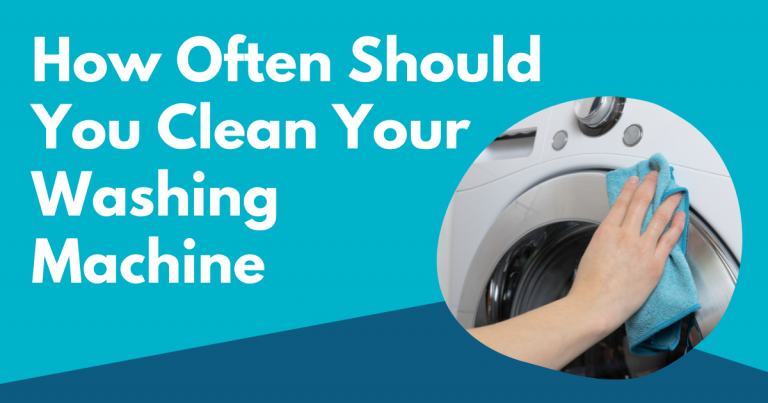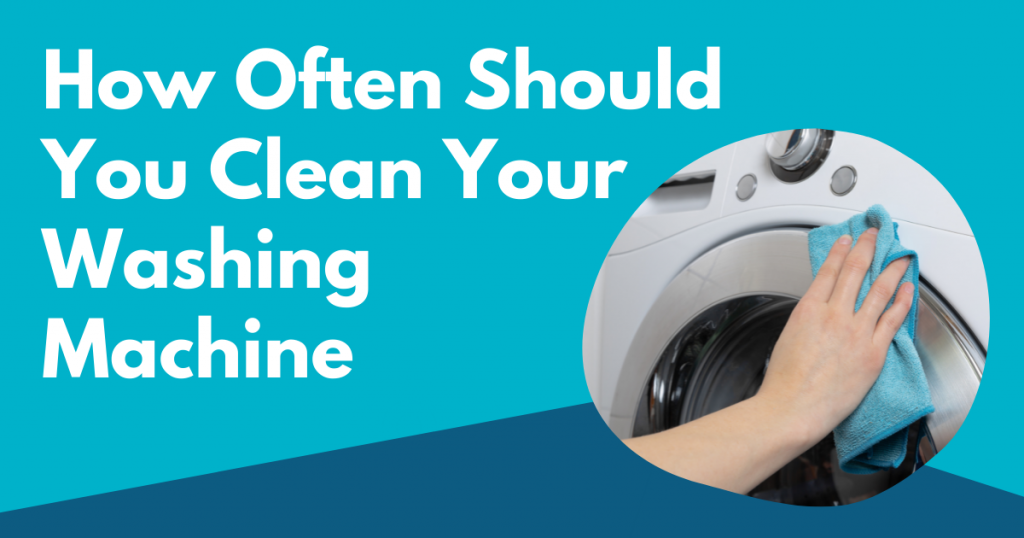
Do I need to clean a washing machine? Doesn’t it clean itself during the wash? Washing machine cleaning and maintenance can be something that most people forget. It’s easy to assume that the machine doesn’t need deep cleaning. Besides, it’s always filled with soap and water. Yet, it can silently harbor a lot of germs and molds. But how often should you clean your washing machine? And what are the indicators of a dirty washer?
Your washing machine deserves the attention it needs. If you frequently clean it, you can use it for longer. Here are care tips on how to clean your washing machine.
Why Should You Clean Your Washer
Most grime and dirt from clothes go down the drain after each laundry cycle. However, some dirt and excess detergent can get trapped in the machine after washing.
A dirty washer can’t provide the right temperature for your clothes during the wash. Moreover, freshly washed clothes may omit a musty odor. The trapped soil, fabric, and detergent in the washing machine create a breeding ground for bacteria and mildew.
You must know how to clean a washing machine if you want to keep your family safe from bacteria and molds. Moreover, when you clean your washing machine frequently, you can prolong its lifespan.
How Often Do You Have To Clean Your Washer
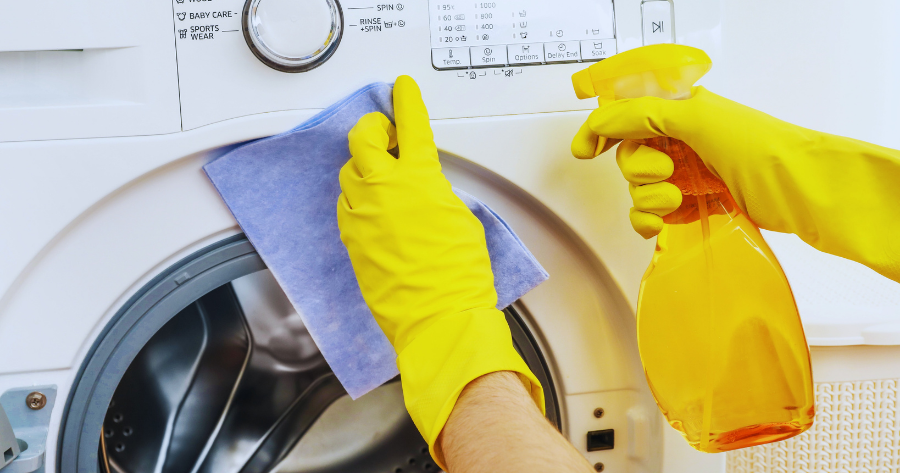
It’s best to clean a washing machine at least twice a month, especially if it is often used. If you don’t usually use it, say once a week only, you can clean your washing machine monthly. Doing a regular deep cleaning will keep your machine odor-free, and your clothes will smell amazing.
There could be a biofilm build-up in the washer if your washed laundry smells musty. Biofilms are slimy layers of bacteria that infest dirty washing machines. They leave foul and musty odors to your clothes after wash. You can see them as dark streaks on the washer’s rim. Biofilms can even float when you fill the tub with water, yikes!
How To Clean Your Washing Machine
Here are some of the best cleaners you can use to deep clean a washing machine:
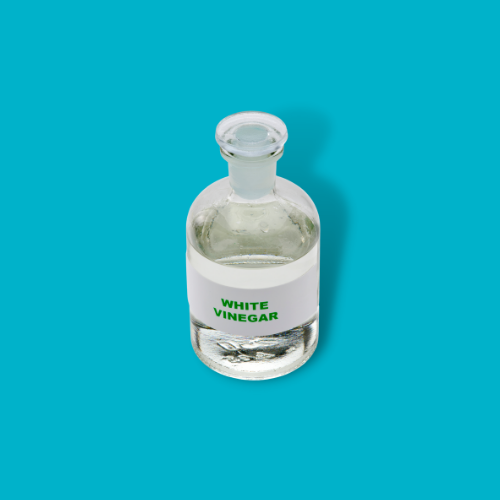
White Vinegar
This kitchen condiment is a natural deodorizer that contains antibacterial and antifungal properties. To use vinegar to clean your washing machine, pour two cups into an empty washer. Select the cleaning cycle and choose the hottest water temperature to disinfect the machine.
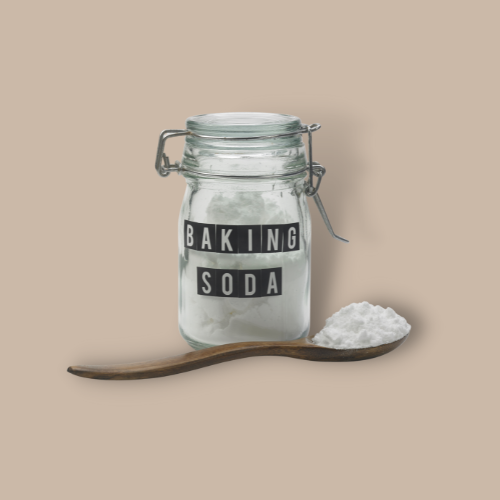
Baking Soda
This pantry staple is mildly alkaline and can dissolve most dirt and grime when mixed with water. All you need is to put 1/2 cup of baking soda on the empty washing machine drum. Then select the auto cleaning option and run it on an empty load using hot water. This way, no odor-causing bacteria cling to the washer.
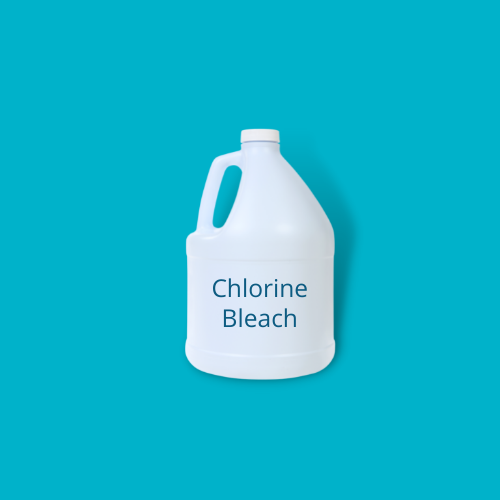
Chlorine Bleach
Bacteria and germs hate chlorine bleach as it can disinfect most surfaces. Thus it can clean a washing machine effectively. Use two cups of bleach and run it in an empty load. Make sure you use hot water to get rid of the bacteria and mildew hiding in your washing machine’s crevices.
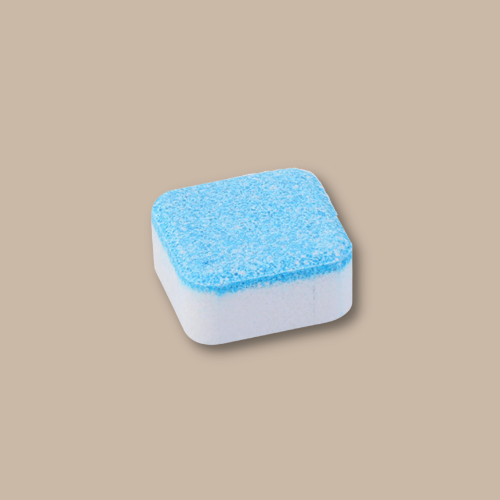
Commercial Washing Machine Cleaner
These cleaning products are conveniently packed and kill odor and bacteria in your washer. Washing machine cleaners come in tablet or powder form. You can pour them on an empty washing machine and start the self-cleaning cycle to deep clean the machine.
How to clean a front-loading washing machine
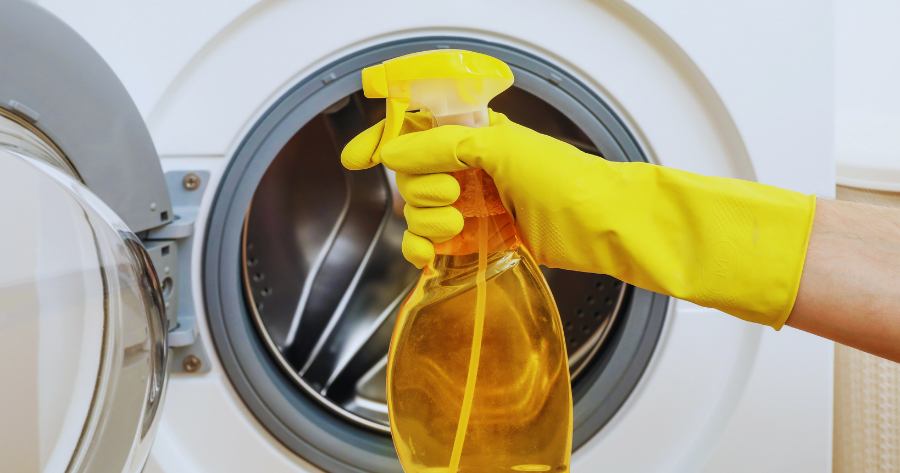
- Check the door seal or rubber gasket of your front-loading washing machine. This area can harbor mildew and bacteria that reek odors. Using a microfiber cloth and all-purpose cleaner, wipe down the rubber gasket. Remember to go between those rubber folds to make sure you get rid of all the dirt and residue.
- Wipe the door of the washer using a glass cleaner and a clean cloth.
- Take out and clean the filters. Throw away the trapped fibers and dirt. Use an old but clean toothbrush dipped in soapy water to brush away any remaining grime. Rinse the filter before you put it back in the machine.
- Remove the laundry detergent dispenser. Wash it using liquid detergent to remove all the dirt in the area. You can also clean the inside part where the dispenser goes using an old but clean toothbrush.
- Use the self-cleaning option of your washer. You can add any of the cleaners mentioned above to the empty washer drum. Run the cycle using the hottest water temperature setting available.
- After the cycle, wipe the interior of the drum with a clean cloth.
- Leave the door open to allow air to circulate and dry the washing machine.
How to clean a top-loading washing machine
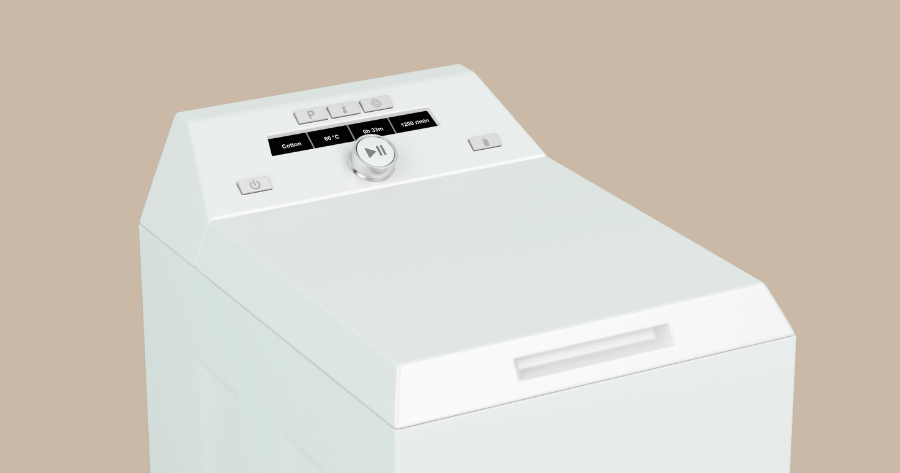
- Remove the washing machine filter and throw any collected dirt and grime. Clean the filter using a brush dipped in soapy water. Rinse it thoroughly before putting it back in the washer.
- Remove the dispenser and wash it with soap and water. Using an old but clean toothbrush, scrub all around the container. If the dispenser is nonremovable, you can use white vinegar to cleanse it. Just heat a cup of white vinegar in the microwave and pour it on the dispenser. Let the vinegar sit on the dispenser for around 15 minutes. Doing so will loosen any soap or fabric softener residue. You can scrub the detergent dispenser using the toothbrush afterward.
- Use any of the cleaners mentioned above and put them in the empty drum. If you have an auto-clean option, run one load and use hot water.
- If your washer doesn’t have a self-clean cycle, you can put 1/2 cup of baking soda in the empty washing machine tub. Then select the longest cycle option and use hot water to run the load. Pause the machine when you are halfway through the cleaning process. Now add two cups of white vinegar to the tub. Press start again and let the washer clean itself.
- After draining, wipe away the interior of the drum using a clean cloth.
- Keep the door open and let the tub air dry.
How To Keep Your Washer Clean
- Bacteria and mildews thrive on damp surfaces. Make sure you leave the door open after each cycle to allow the machine to air dry.
- Remove the clean laundry after washing.
- Wipe away the outside of your washer, including the knobs, doors, and top part.
- Use a clean cloth to clean the washing machine tub after the laundry. Make sure you don’t leave any damp surfaces.
- Check the hose filters and clean them to avoid clogging.
- Don’t overload your washer. Fill it loosely by up to 2/3 of the tub. The machine needs space to tumble your clothing and for the detergent to penetrate the fabrics. When clothes are not thoroughly washed, they will end up partially cleaned and smelly.
In Conclusion
Washing machines are a vital cleaning appliance in every household. Even if you don’t see any visual cues, you have to regularly clean this machine to ensure that it functions in top shape and can clean your clothes better.
Want to share this?

